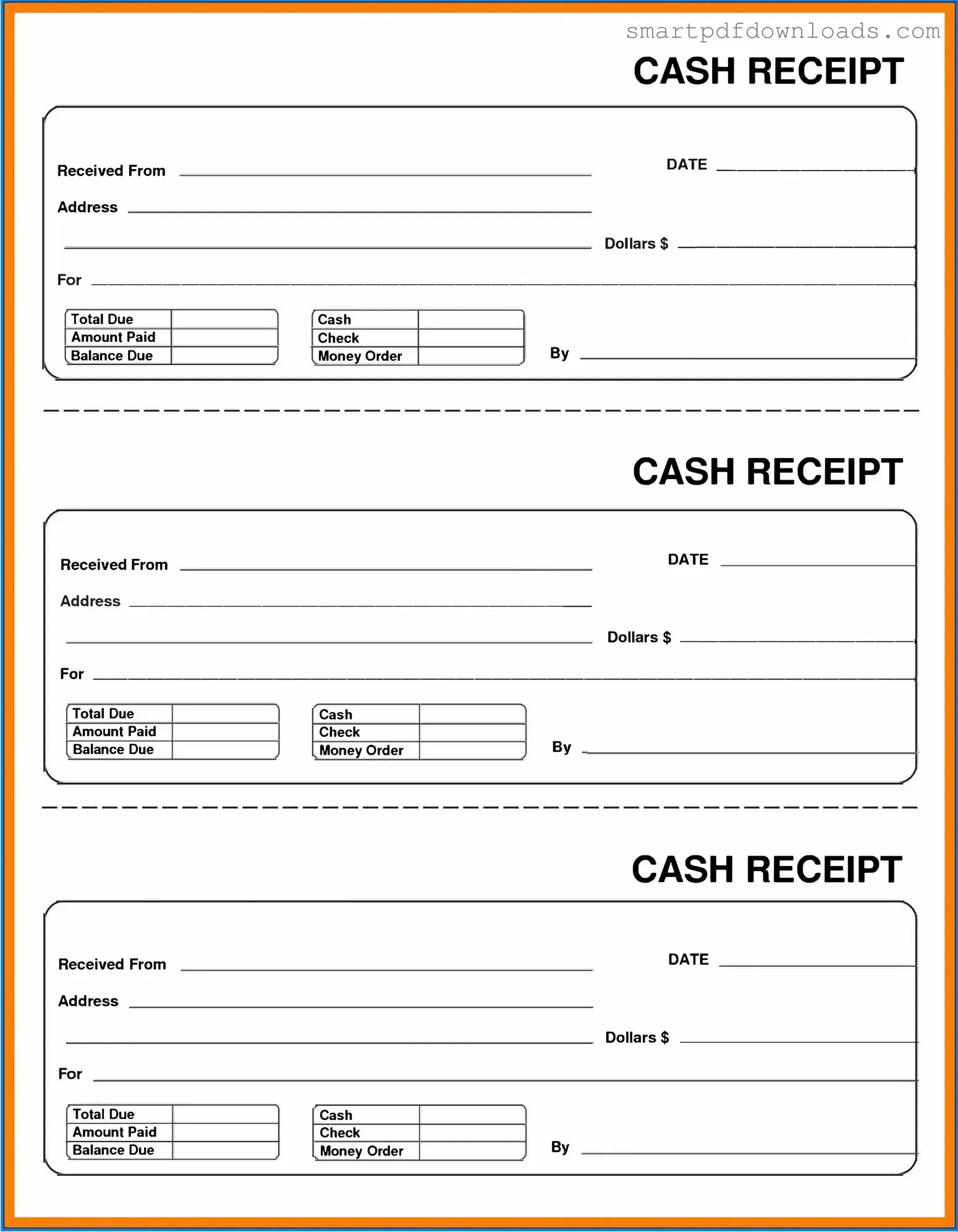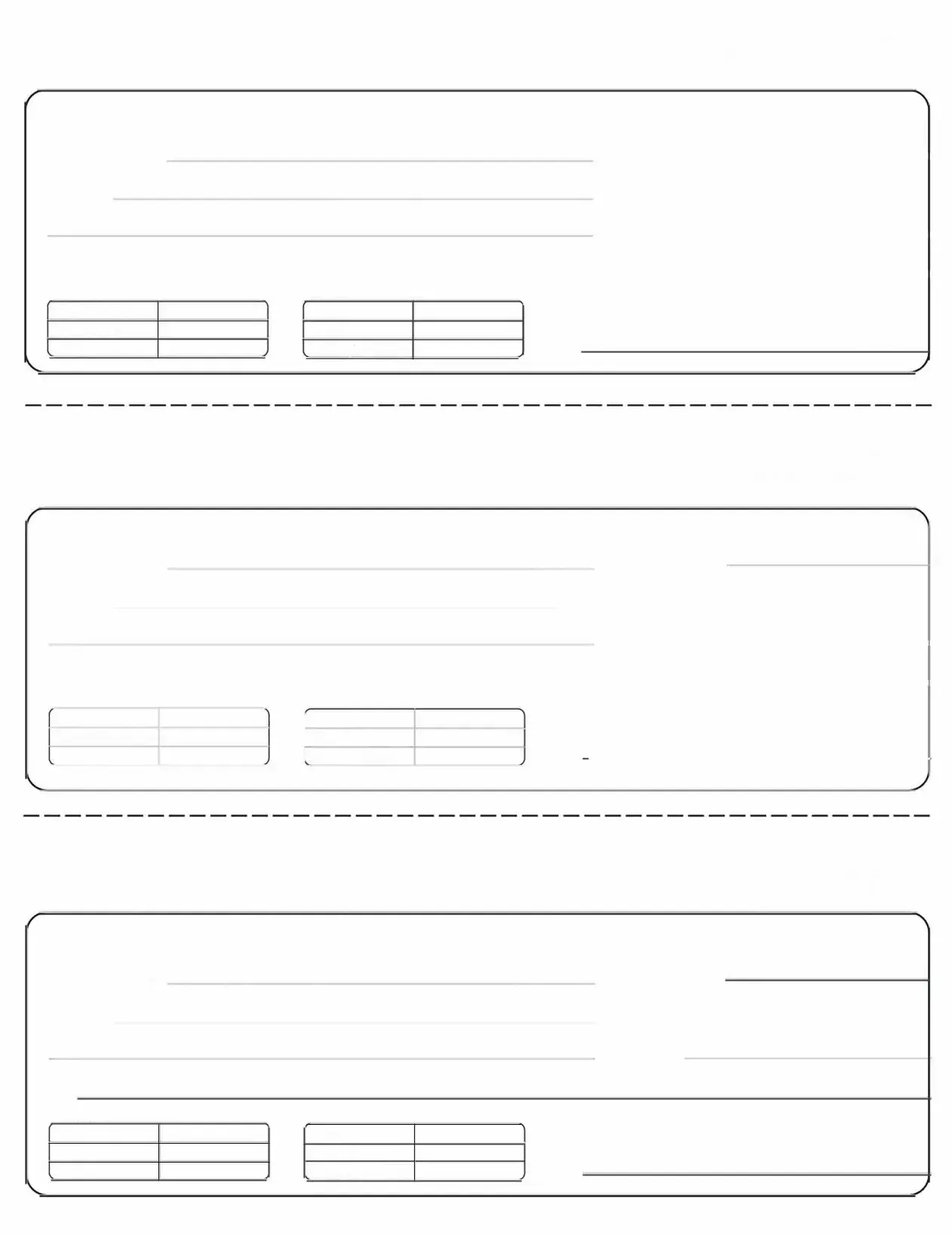Cash Receipt Form
A Cash Receipt form is a document used to acknowledge the receipt of cash payments from customers or clients. This form serves as proof of transaction and is essential for accurate record-keeping in any business. Understanding its purpose and proper use is crucial for maintaining financial integrity.
Edit Cash Receipt Online

